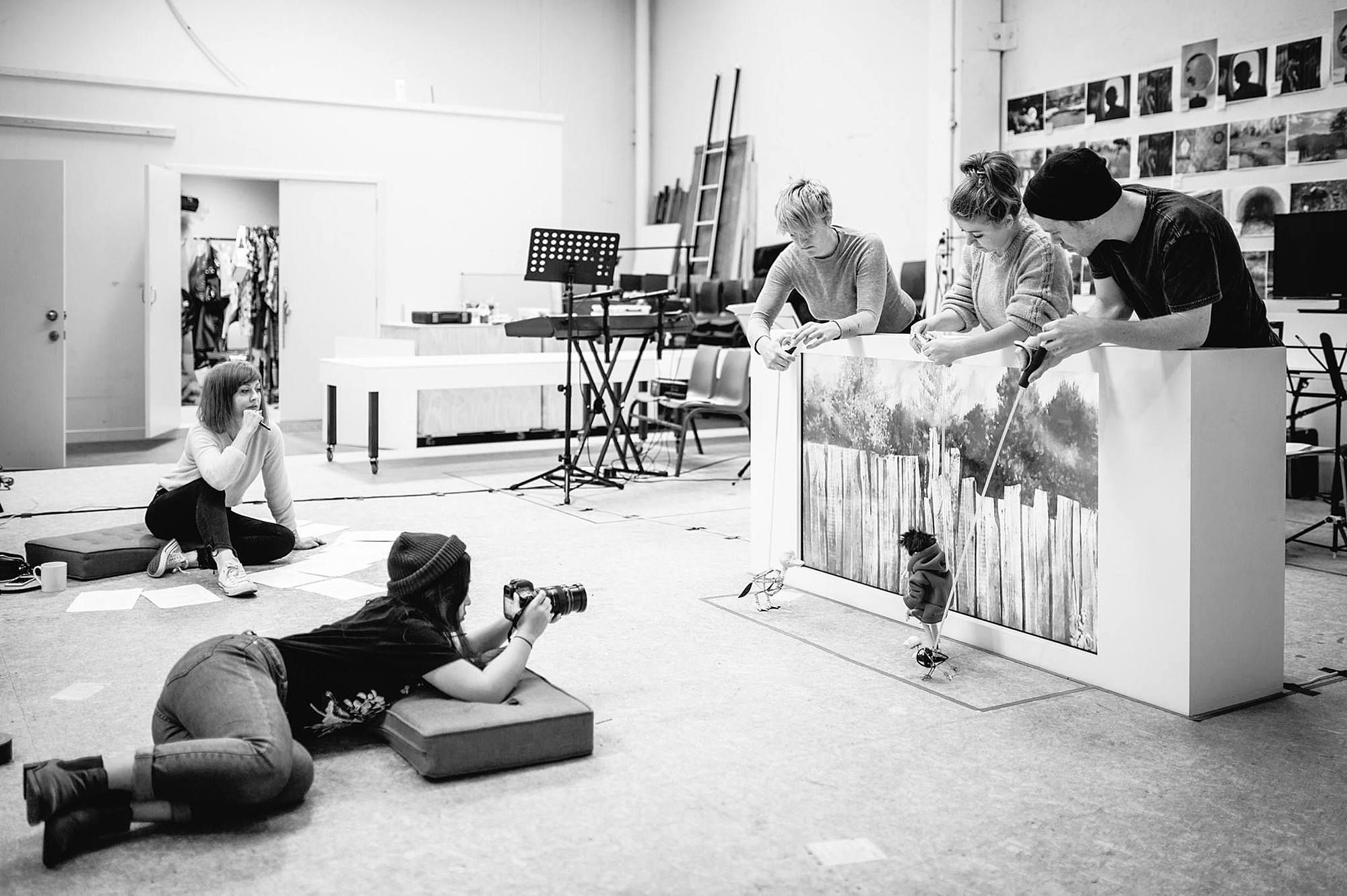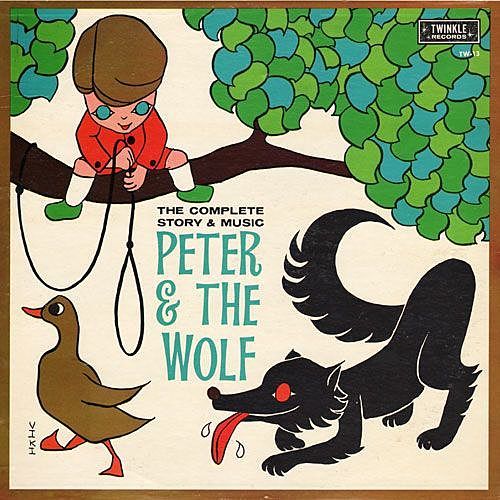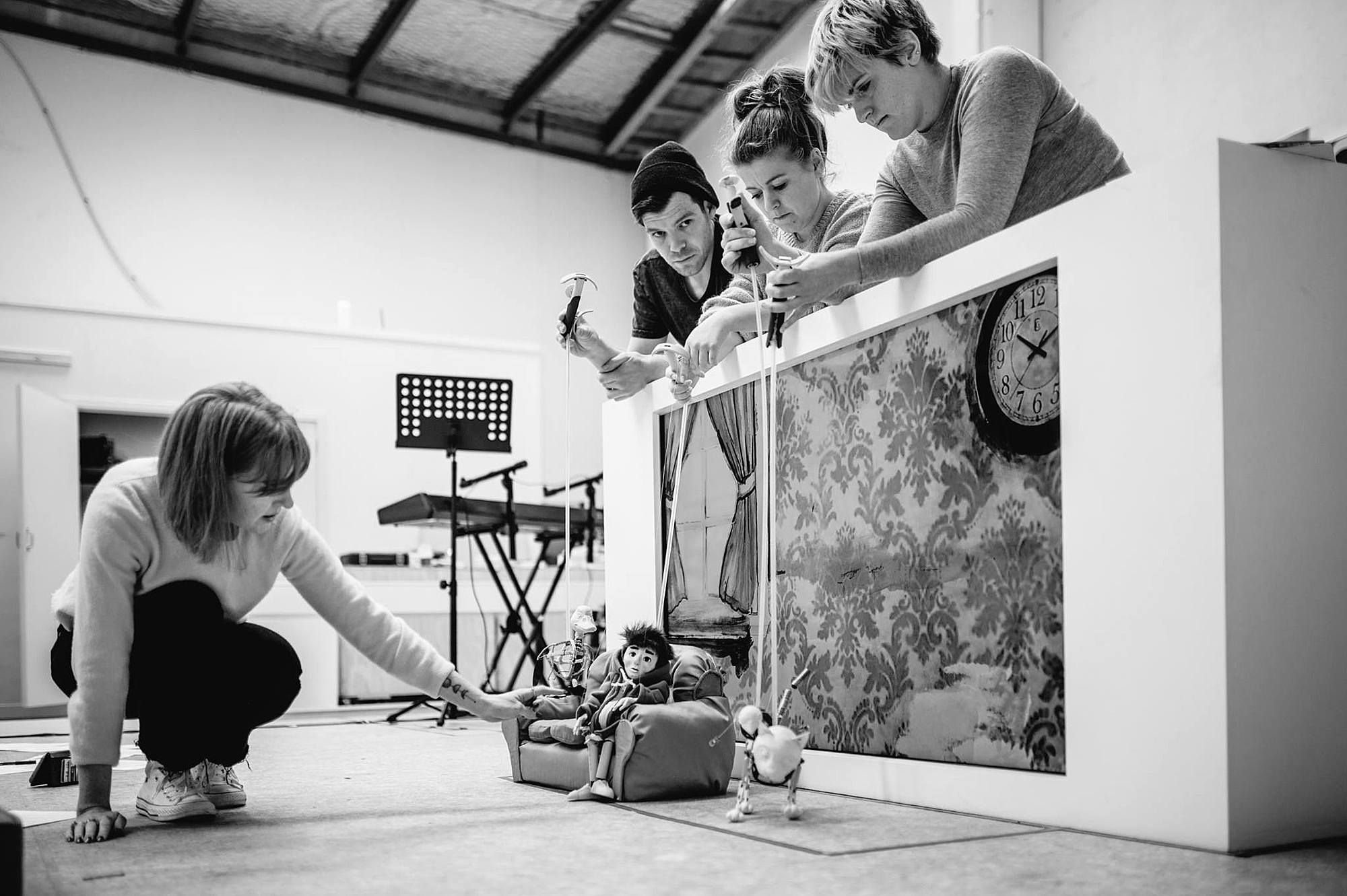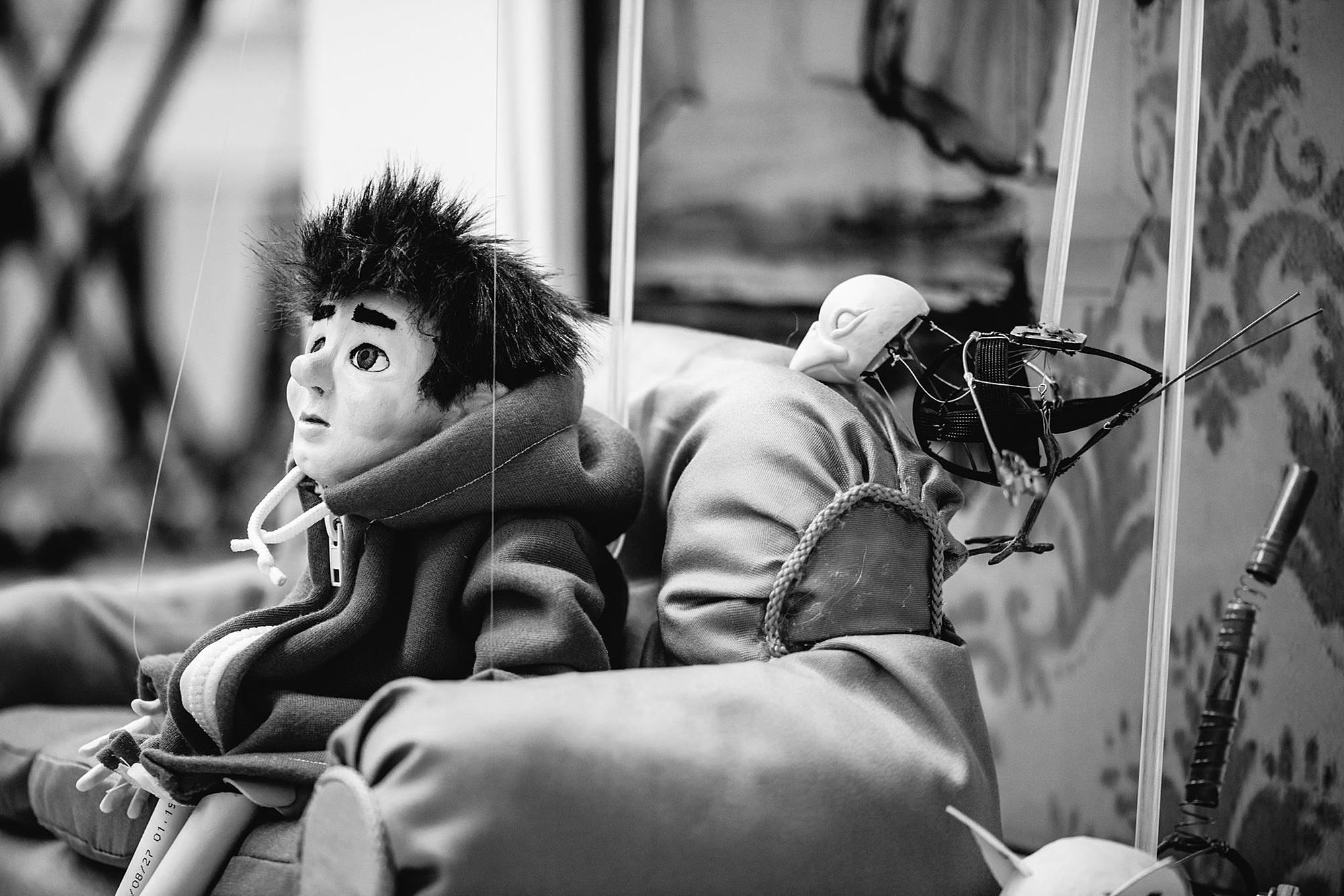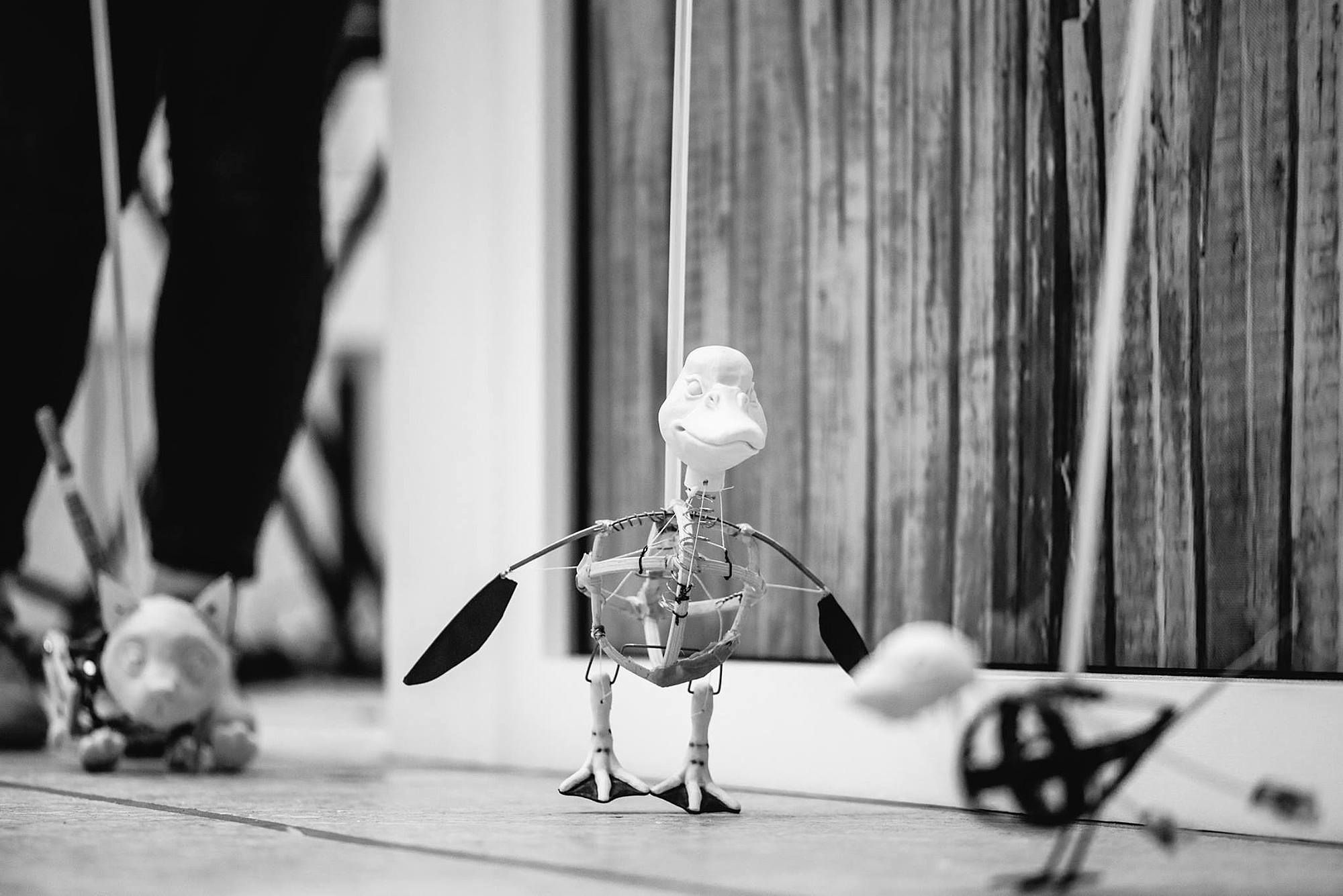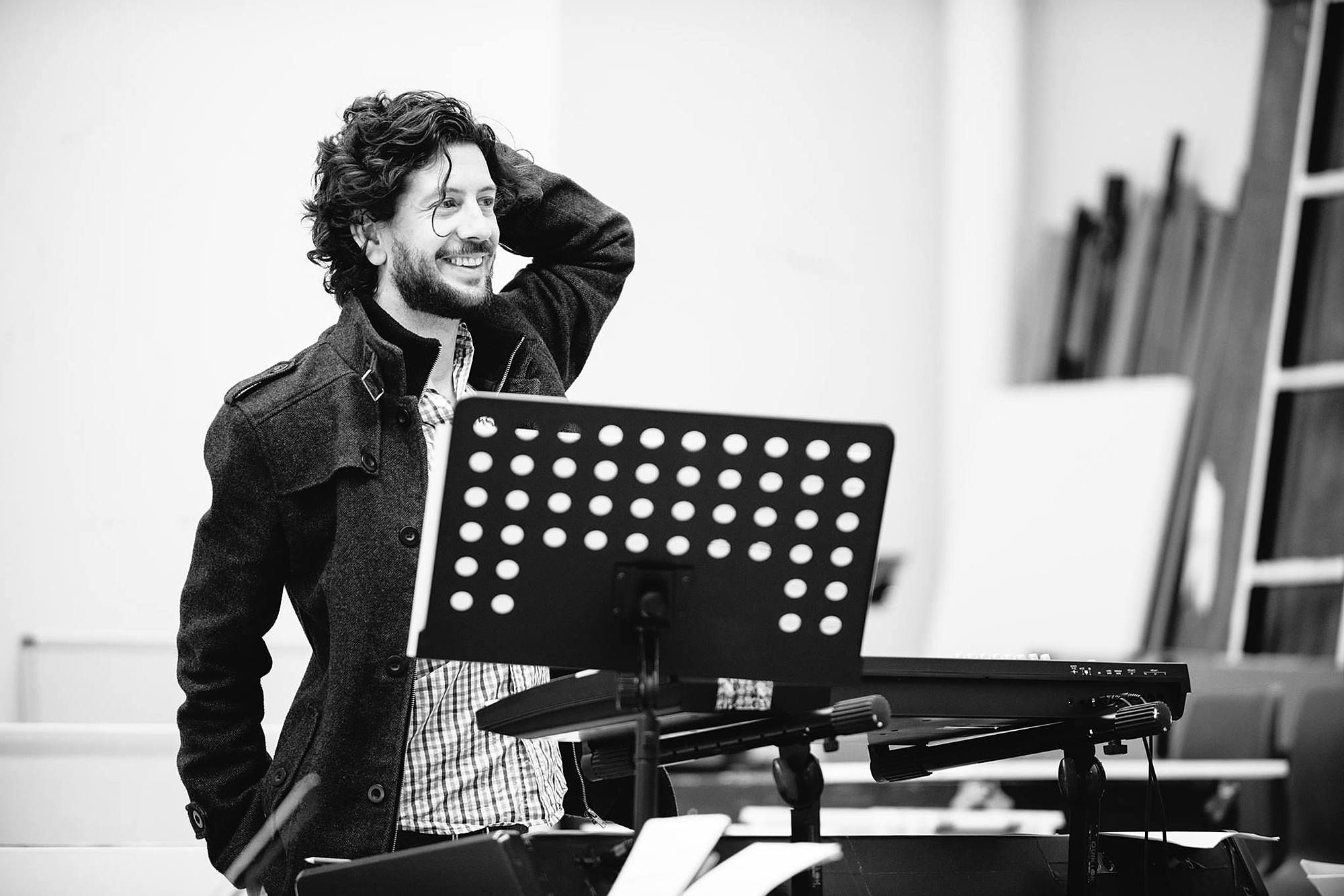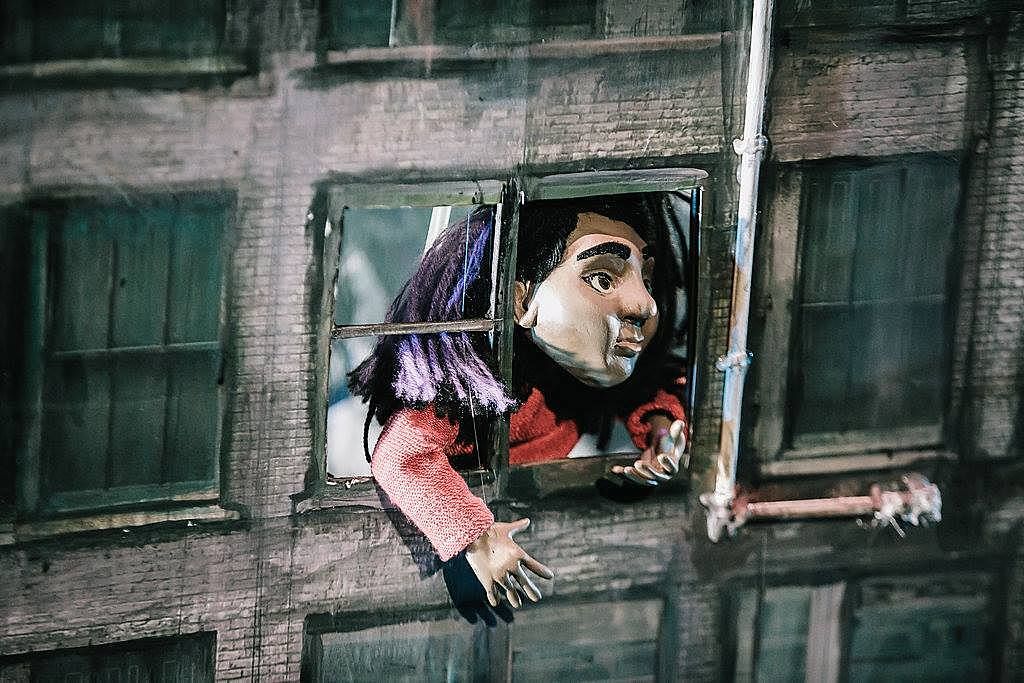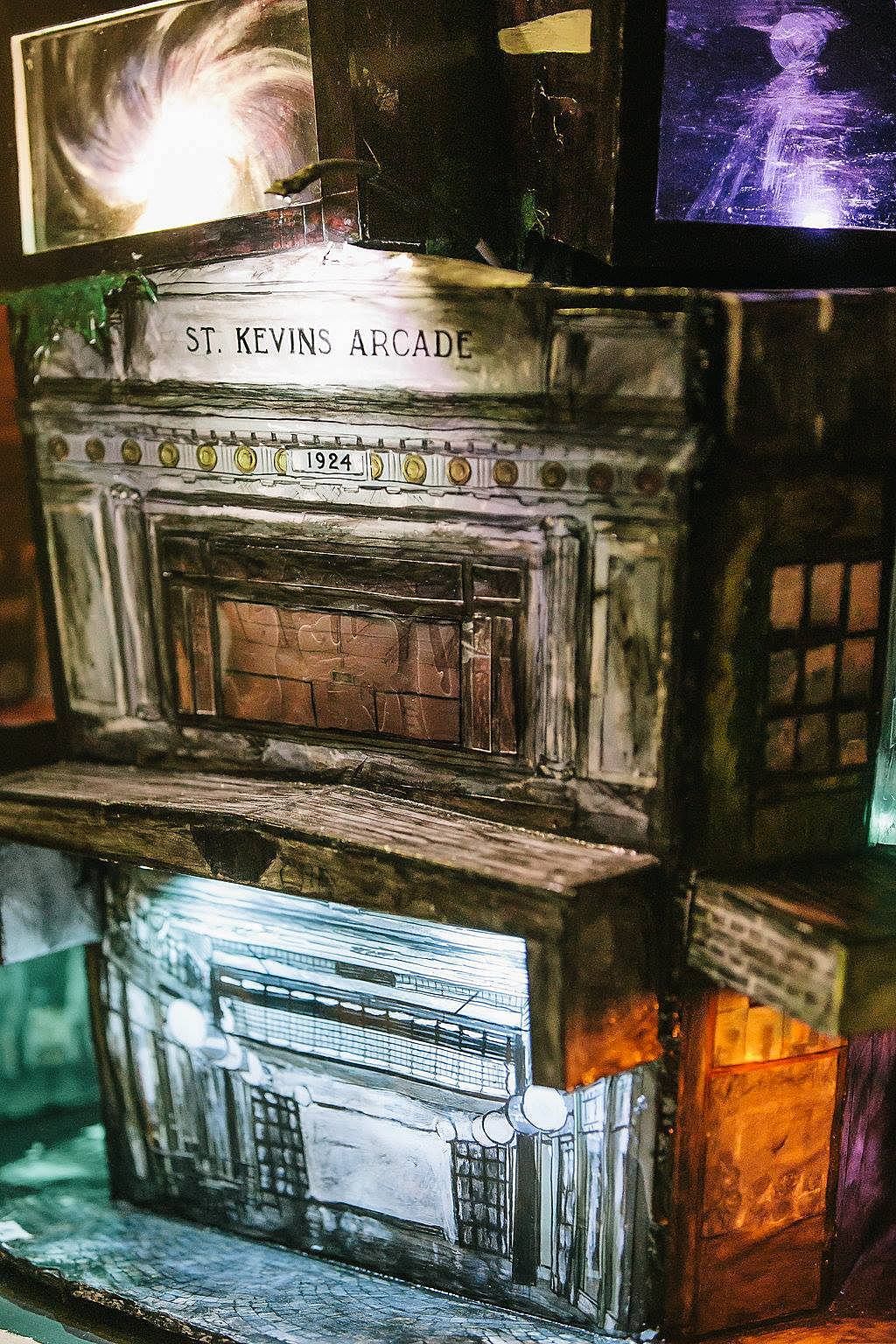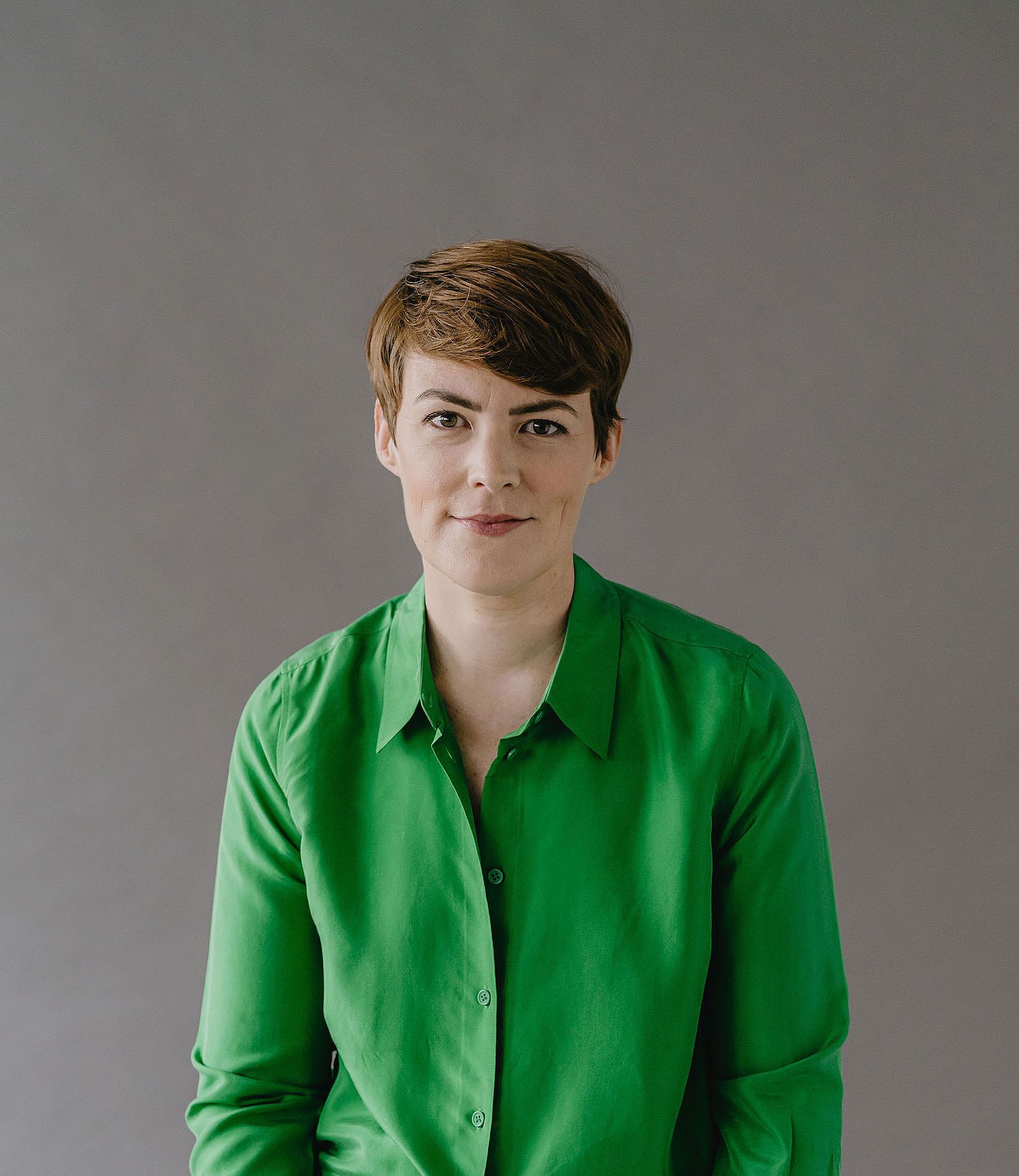New Magic: Prokofiev, Puppets and Peter
In this essay for a younger reader, Kate Prior explores the process behind Silo Theatre's latest inventive production – Peter and the Wolf.
Silo Theatre's Peter and the Wolf reimagines the musical fairy tale as an animated film live on stage, with a new narrator each night, for an audience of young and old alike. In this essay for a younger reader, Kate Prior explores the process behind Silo's latest inventive production.
In 1936, a children’s theatre in Moscow set out to teach young people about the different instruments in an orchestra. They commissioned a composer, Sergei Prokofiev, to write a sparkling piece of music that would make each instrument easy to identify. They didn’t have to wait long for the result. Prokofiev was inspired. He frantically scribbled the music for Peter and the Wolf in under a week. Within two more weeks, he had – incredibly – completed the whole orchestral arrangement.
The original musical fairy tale was about a boy who, against his grandfather’s wishes, goes into a meadow near his house and bravely captures a wolf who has been lurking outside his gate. Each character in the story was represented by an instrument and a musical theme. The bird was played by a flute, the duck was played by an oboe, and Peter was played by a violin.
Writing music for an orchestra to illustrate certain characters was a pretty unusual thing to do at the time, and the cleverness with which Prokofiev wrote his musical characterisations was eye-popping. The melody of each theme captured the essence of each character’s spirit, and ensured the enduring popularity of his music. 80 years after it was written, generations of children have grown up with Peter and the Wolf.
Silo Theatre’s Artistic Director, Sophie Roberts, is keen on making great theatre for young people. “I think those experiences that you have as a young person going to the theatre can be incredibly powerful” she explains. There’s also no difference, as Silo Theatre sees it, between making shows for younger audiences and making shows for adults. “You’re striving for the same level of artistic excellence for a young audience as you would for an adult audience. That’s important.”
A few years ago, the company produced a play, The Book of Everything, for both younger and older audiences. Sophie and Jessica Smith, Silo Theatre’s Executive Director, decided it was really important to them to keep making theatre that audiences of any age could go to and talk about afterwards. So Sophie and Jessica searched for another play that could follow in the footsteps of The Book of Everything, but at the time there wasn’t much out there that caught their eye. Then Jessica remembered taking her children to a live orchestra when they were small. The music they had enjoyed that day was the same music that Jessica had also loved listening to when she was a child. It was Peter and the Wolf. They wondered, could this story be adapted for today?
Prokofiev’s original story isn’t complex, but like all good fairy tales, its power lies in its simplicity. Focusing on a lonely character, “someone who’s unseen by the world” as Sophie describes, it felt relevant to 2017, when so many members of society are displaced from their home and sometimes feel like outsiders. At its heart, Peter and the Wolf is a story about bravery and having the courage to stand up for yourself. Similar themes were part of The Book of Everything, and it’s something that Sophie is attracted to in storytelling. “Those stories where you’ve got a character who experiences transformation through courage feel like nice stories to have around at the moment.”
But choosing a story to adapt was only the first part – Sophie had bigger ideas. Just as the Moscow children’s company wanted to introduce young people to the orchestra, Sophie wanted to find exciting new ways to introduce young people to the theatre. Instead of using actors, she set out to create something completely unique. It would be a puppet show with a difference. “I wanted to do something I’d never tried before – something different theatrically to The Book of Everything. My question was “how do you make an animated film onstage?’”
Sophie gathered together a team of creatives to experiment and work out the answer to that big, challenging question. That core team consists of five people: herself as the director; designer Dan Williams, who created the miniature sets; Jon Coddington, who designed and created the puppets; composer Leon Radojkovic, who adapted the music from a large orchestra to a six-piece band; and lighting designer, Rachel Marlow, who has designed lights not only for the mainstage, but for the miniature sets as well. The core design team has meeting since May, a few days at a time, before spending two weeks putting everything together and rehearsing ahead of opening night.
By matching each character with a different instrument, Prokofiev was trying something new in his music. Similarly, Silo Theatre have been playing with a new way of working while making this show. A bit of background: in professional theatre companies, there’s a standard rehearsal process that’s usually followed. On the first day, the cast do a full read through of the script and the set designer presents their concept for the show. The actors and director then head into three or four weeks of rehearsal, while the designers work somewhere else on the set, lighting and costumes. The performers and designers don’t come back together until the final week leading up to opening night – production week.
The process for this production has been completely different because the design team have created the whole show. No actors have been around – all the decisions about the action onstage have been made by them. “It’s cool for the designers” Sophie says. It also means there’s time for each of them to experiment with their creations. “Rachel [the lighting designer] can just be in here building lights for the miniatures, chipping away and editing. She’s being an inventor – she built a mini hazer out of e-cigarettes! It’s a cute teeny-tiny haze machine that goes into the little miniatures boxes. It’s just that thing of people having time to invent these weird little things that the show needs”.
That time has also allowed the puppets in Peter and the Wolf to be designed from scratch. To do this, the puppet designer Jon has started with a skeleton and built a body from there. Creative choices are all made in communication with other designers. For example, each time Leon, the composer, adds a new tone to a character, he chats to Jon to make sure it matches the feel of the puppet. This strong collaboration means that the production is not the singular vision of one director. That’s pretty special. “Everyone has a level of authorship in the show” explains Sophie.
The fun of adapting an old story is that you can make it your own. To turn the volume up on the big themes in the original story, Sophie has grown that sense of Peter’s loneliness, but also helped him by introducing a new character, Elina. Elina doesn’t exist in the original but Sophie knew she wanted to give Peter a new friend – someone who could teach him how to make traps.
In adapting the story, the creative team have also updated their parts: composer Leon has adapted the music for the orchestra to a six-piece band, so while there isn’t a flute and clarinet, there’s new instruments that Prokofiev didn’t have, like electric guitar and a modern drum kit. The location has also changed from the Russian wilderness in Prokofiev’s story to somewhere closer to home – central Auckland. The story takes Peter from Old Mill Road in Grey Lynn to Karangahape Road and Auckland Zoo. Sophie wanted to take locations we might not see as interesting – like the Auckland motorway – and look at them in a new way. “So it’s very much Auckland. But a magical version of Auckland.”
“It’s such a nice experience making work for a young audience” Sophie says, “because you have to be looking at the world through a young person’s lens, which is refreshing.” And like Peter, sometimes you do your best problem-solving when you do it with other people. “As a director, I don’t like it when I’m isolated. The biggest joy is being able to make a show the way I prefer – when you all have equal ownership.” And when you work together to solve a problem, and to tell a story you all love, there’s a good possibility that magic might happen.
Silo Theatre’s Peter and the Wolf runs from November 9 – December 9 at the Herald Theatre. Tickets available here.
This piece is presented as part of a partnership with Silo Theatre and appears in the show programme. Silo cover the costs of paying our writers while we retain all editorial control.
Rehearsal images: David St George
Production images: Andi Crown
